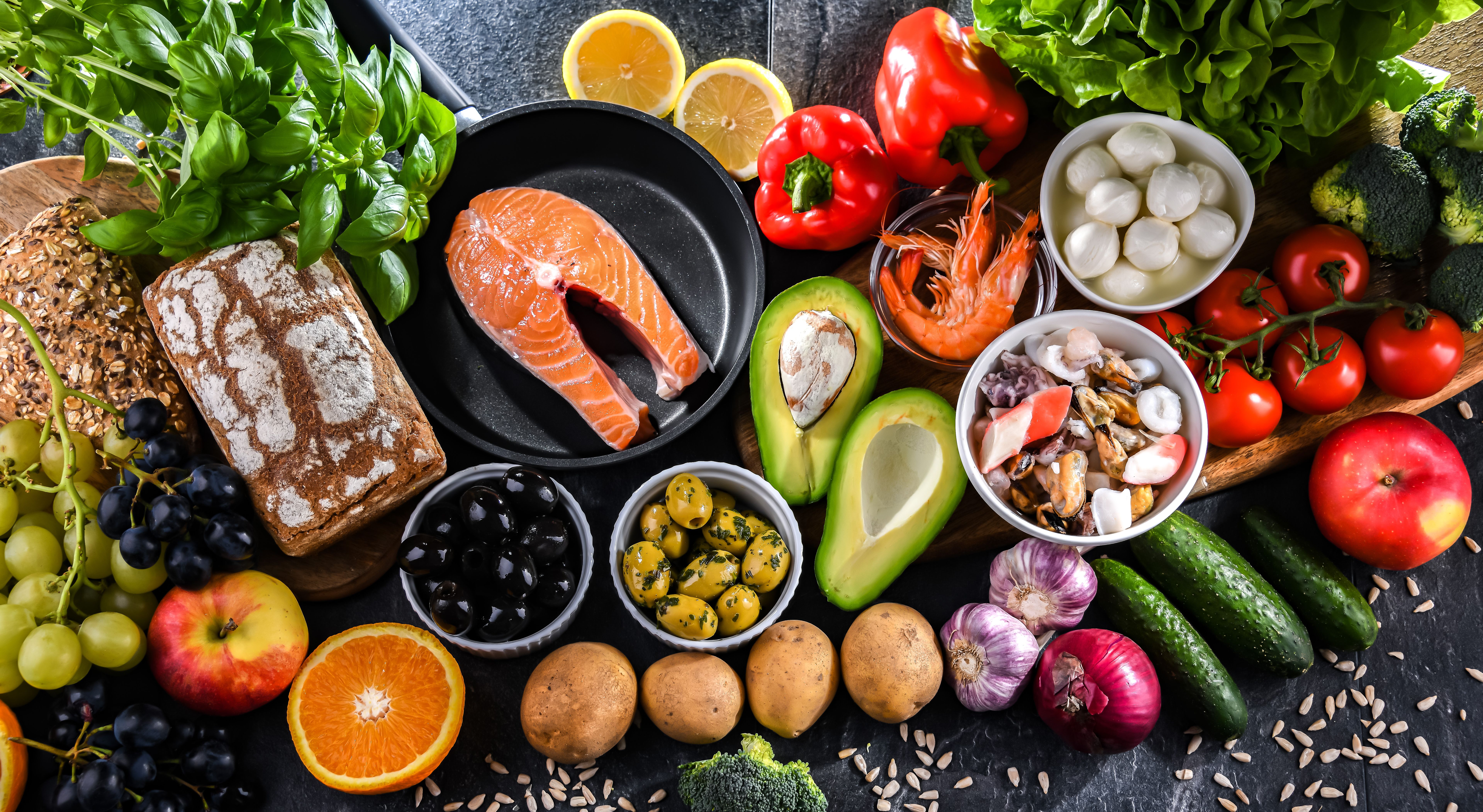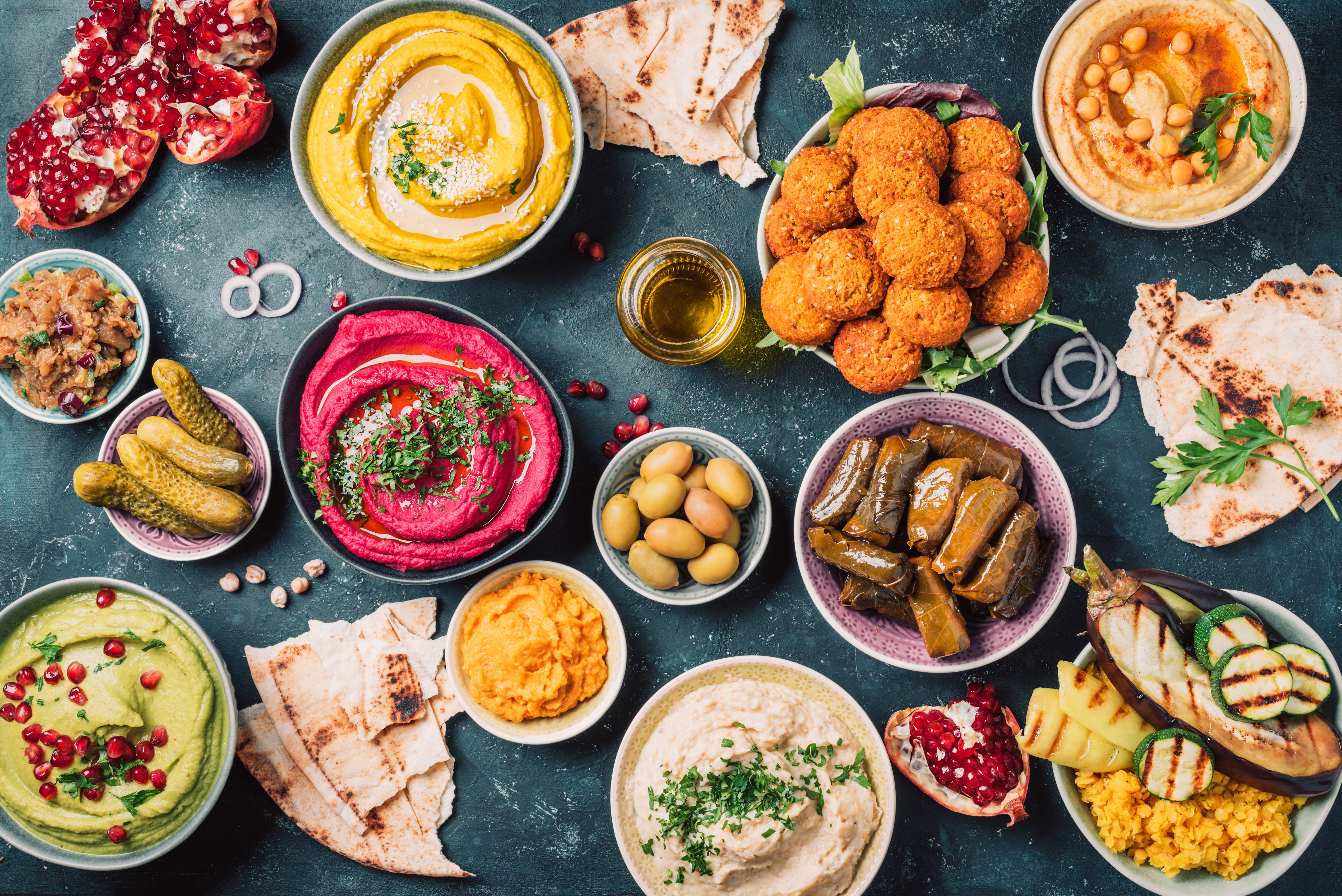Healthy Global Cuisines: Infusing Wellness into Gourmet Meals
Exploring Healthy Global Cuisines
The world is a tapestry of flavors, each region offering its unique culinary identity. As the global palate evolves, there's a growing interest in merging these traditional dishes with wellness-oriented ingredients. This approach not only celebrates cultural diversity but also promotes health through food.
Many cultures naturally incorporate healthy elements into their traditional meals. By understanding these practices, we can enrich our diets and enjoy the multitude of health benefits they offer.

Mediterranean Delight
The Mediterranean diet is celebrated for its heart-healthy benefits. It emphasizes whole grains, fresh fruits, vegetables, nuts, and olive oil. Key dishes like Greek salads and Italian pasta are often rich in antioxidants, thanks to ingredients like tomatoes, olives, and leafy greens.
To infuse wellness into your meals, consider substituting refined grains with whole grains and using extra virgin olive oil instead of butter or margarine. Incorporating fish like salmon or sardines adds omega-3 fatty acids, which are beneficial for heart health.

Asian Inspirations
Asian cuisines offer a spectacular blend of flavors and healthy ingredients. Japanese dishes like sushi and sashimi are renowned for their use of fresh fish and seaweed, both excellent sources of essential nutrients. Similarly, Thai and Vietnamese foods incorporate fresh herbs and vegetables, enhancing both flavor and nutrition.
To make your meals more wellness-oriented, use low-sodium soy sauce and incorporate brown rice instead of white. Steaming instead of frying can also help retain nutrients while reducing unhealthy fats.
Latin American Flavors
Latin American cuisine brings vibrant flavors with its diverse use of beans, corn, and chilies. These ingredients are not only delicious but also packed with fiber and essential vitamins. Dishes such as quinoa salads from Peru or black bean stews from Brazil can be both satisfying and nutritious.
For a healthier twist, focus on using fresh ingredients and opt for grilling instead of frying. Incorporating more avocados can provide healthy fats that support cardiovascular health.
Middle Eastern Magic
Middle Eastern cuisine is rich in flavors and health-promoting ingredients like chickpeas, lentils, and spices such as turmeric and cumin. Dishes like hummus and tabbouleh are excellent sources of protein and fiber.
To enhance these traditional recipes, consider using whole grain pita instead of white and add a variety of fresh vegetables to your meals. The use of spices not only adds flavor but also offers anti-inflammatory benefits.

Conclusion: A World of Healthy Choices
Infusing wellness into global cuisines is an exciting journey that invites us to explore new flavors while prioritizing our health. By making thoughtful substitutions and focusing on whole, fresh ingredients, we can enjoy gourmet meals that nourish both body and soul.
Whether you're savoring Mediterranean dishes or diving into Asian delicacies, remember that the key to a healthy diet is balance and diversity. Embrace the global culinary landscape and discover how delicious healthy eating can truly be.
Commercial Kitchen http://avice.org
